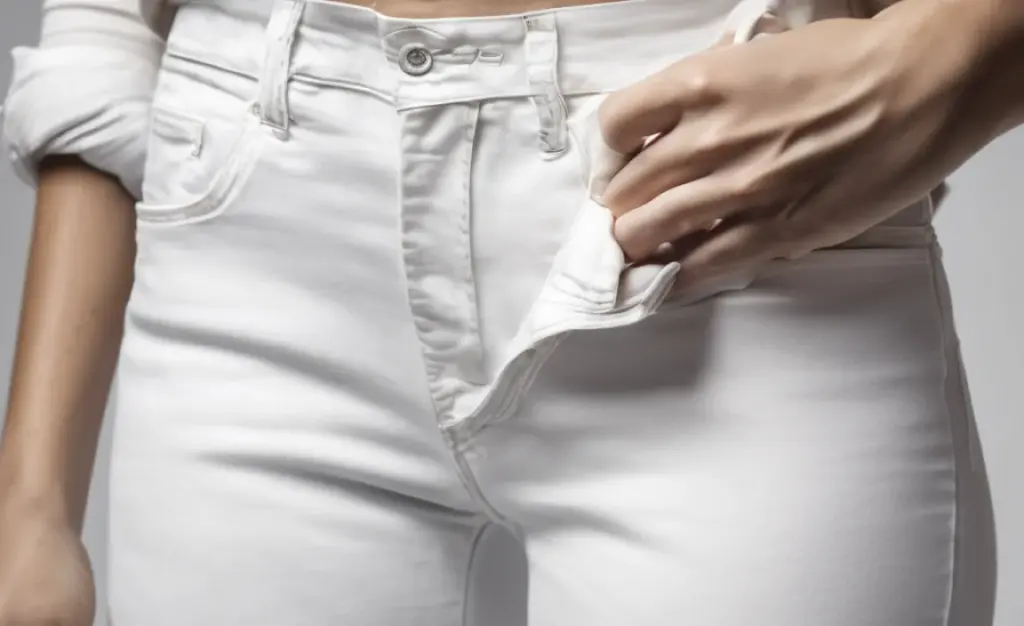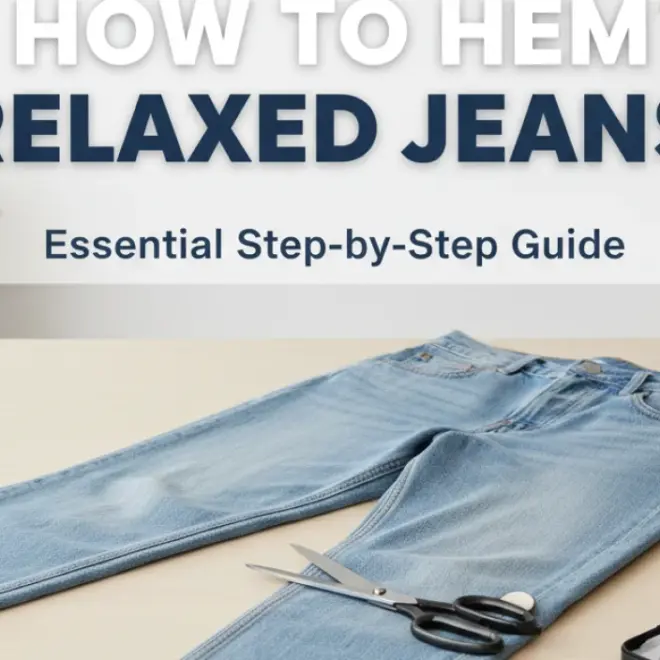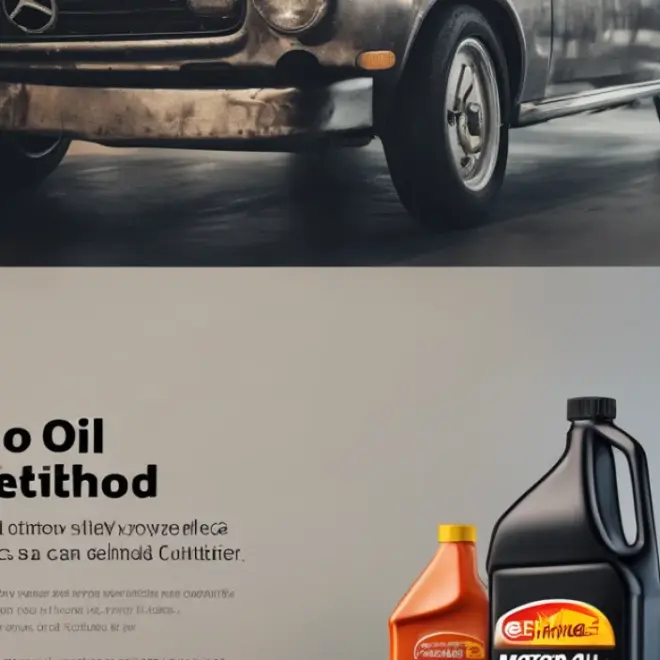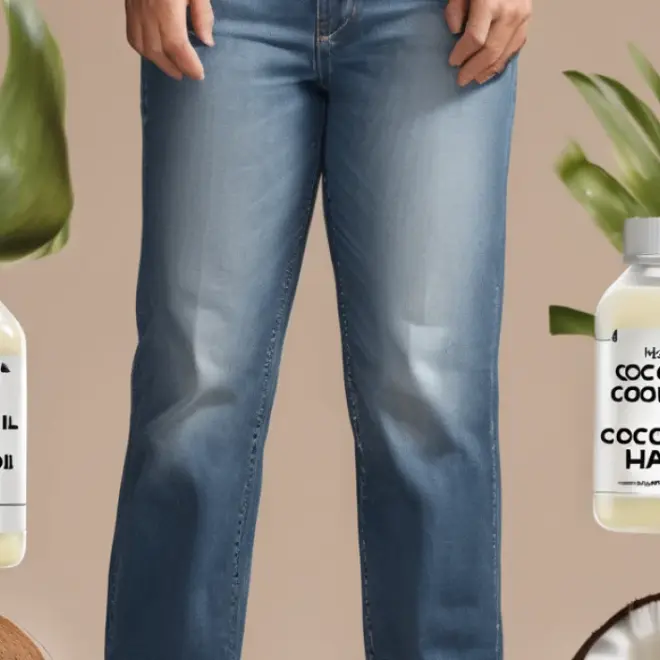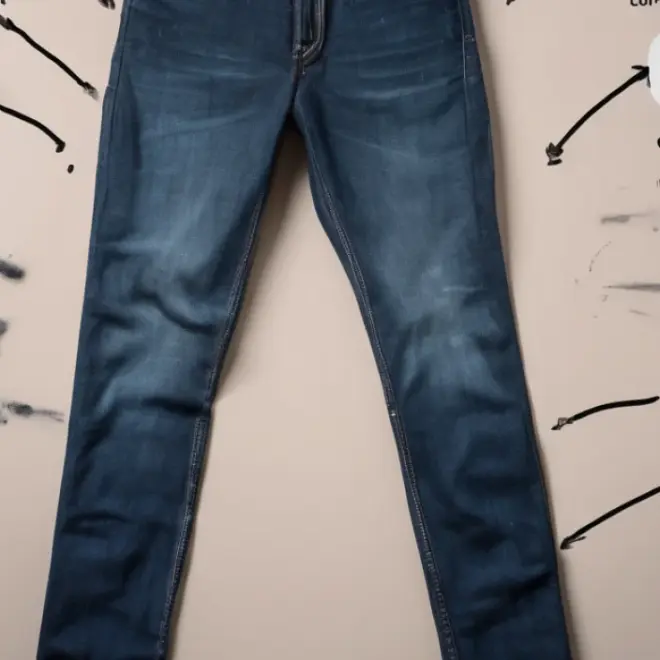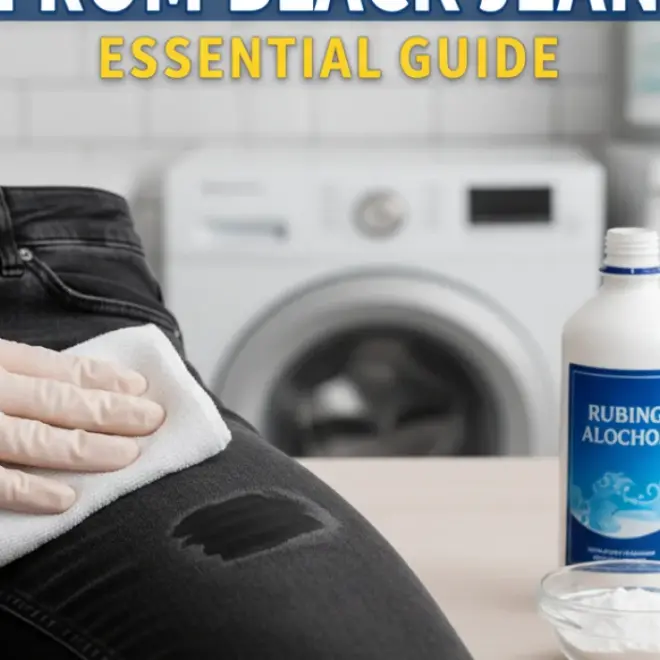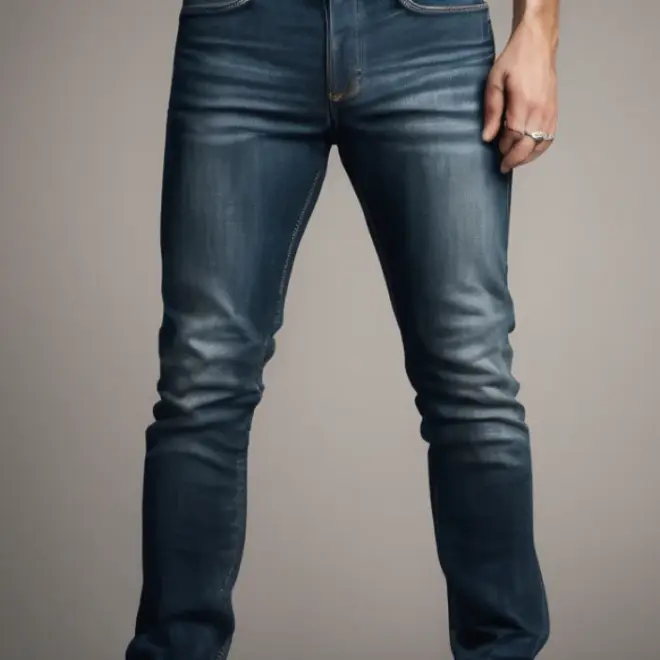Quick Summary:
To remove grease from white jeans, act fast! Blot excess grease, then pre-treat with dish soap or a laundry stain remover. After letting it sit, wash in the hottest water safe for the fabric. Repeat if needed.
How To Remove Grease From White Jeans: Genius!
White jeans are a wardrobe staple, perfect for almost any occasion. But what happens when you encounter a greasy mishap? Don’t panic! Grease stains on white denim can seem daunting, but with the right approach, they’re completely manageable. This guide will walk you through simple, effective methods to get your favorite white jeans looking as good as new, so you can enjoy them without worry.
We’ll cover everything from immediate actions to stubborn stain solutions. You’ll learn the best tools for the job and how to tackle different types of grease. Get ready to say goodbye to those unwelcome spots and hello to spotless white jeans!
Why Grease Stains on White Jeans Need Special Attention
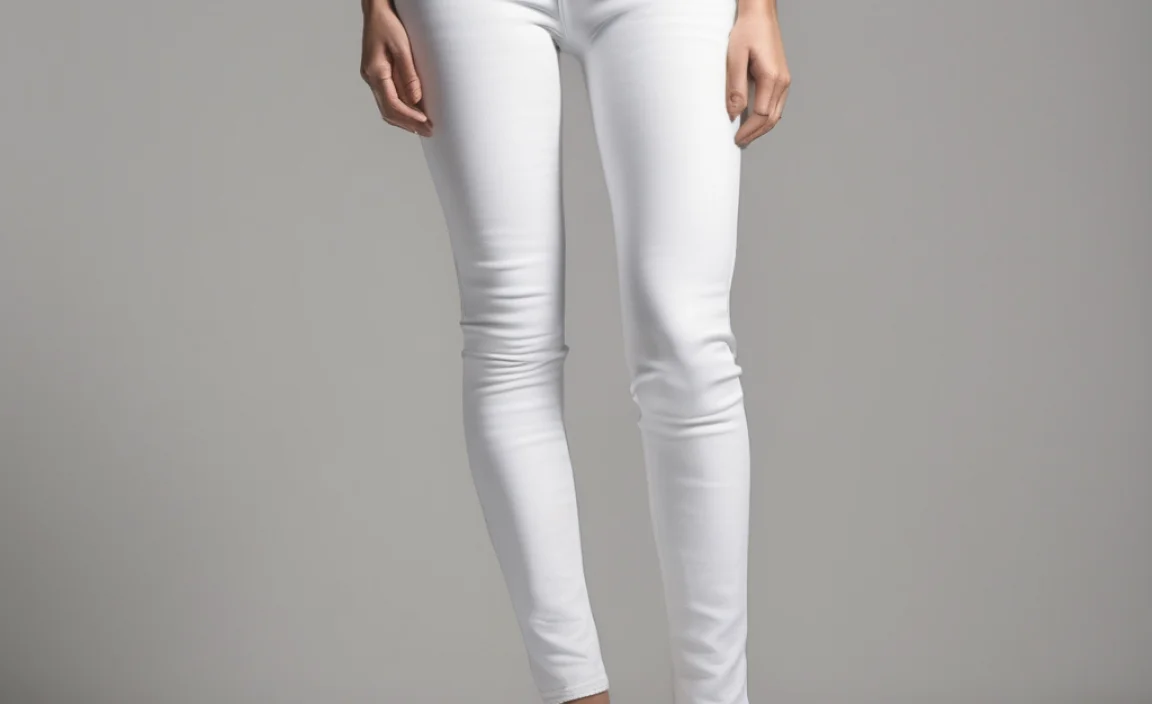
White fabric, especially denim, shows grease stains more prominently than darker colors. Once grease penetrates the fibers, it can look like a dark, permanent mark, making you worry your jeans are ruined. The oils in common culprits like food, lotions, or even bike chain lubricant can set into the cotton weave, making them tricky to lift out.
The good news is that denim, while durable, is also absorbent. This means that with prompt and proper treatment, you can often coax those greasy molecules right out. The key is understanding what dissolves grease and applying it correctly before it has a chance to bond permanently with the fabric. Let’s get started on how to save your spotless denim.
Understanding Grease 101: What You’re Up Against
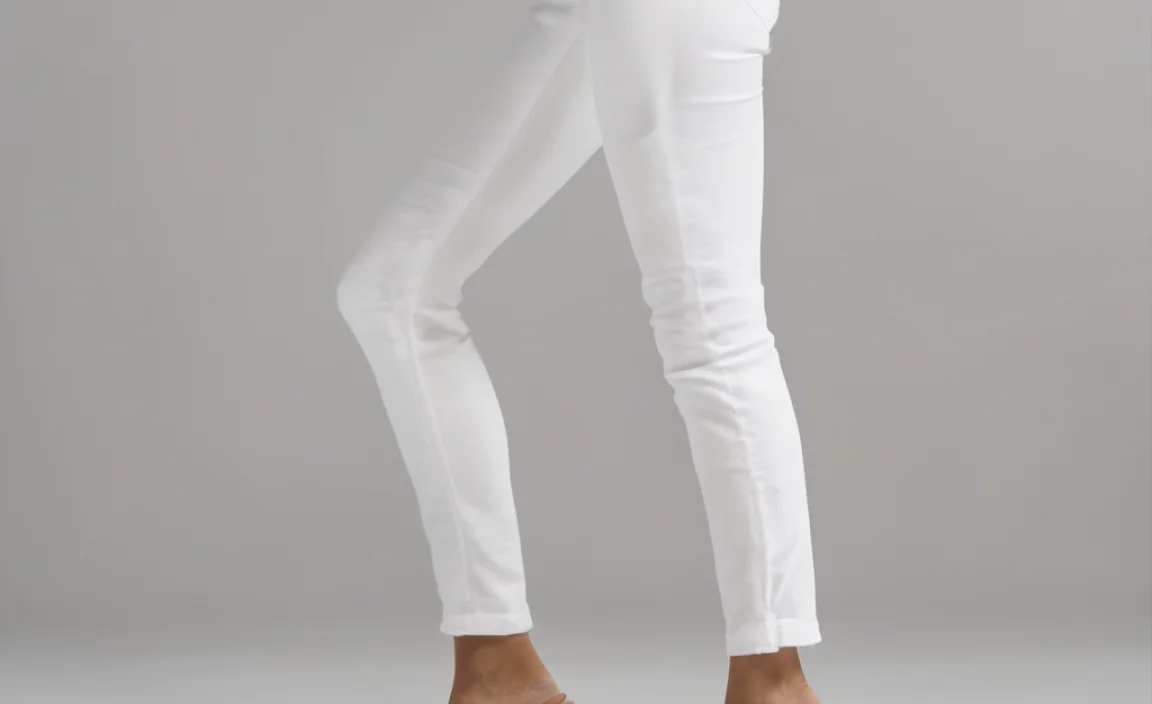
Grease is essentially oil-based. Therefore, the most effective ways to remove it involve using a cleaning agent that can break down or emulsify oil. Think of dish soap: it’s specifically designed to cut through the grease on your dishes. This same principle applies to fabric.
Different types of grease might behave slightly differently, but the core challenge remains the same: oil and water don’t mix. You need something that acts as a bridge, lifting the oil from the fabric so it can be washed away. Knowing this helps you choose the right products and methods.
How to Remove Grease From White Jeans: Step-by-Step Brilliance

The faster you act, the better your chances of complete removal. Here’s a breakdown of the most effective methods:
- Blot, Don’t Rub: As soon as you notice the grease stain, grab a clean cloth, paper towel, or even a spoon to gently lift away any excess grease from the surface. Rubbing can spread the stain and push it deeper into the fabric fibers.
- Pre-treat the Stain: This is the most critical step. Several household items work wonders.
- Let it Sit: Allow the chosen pre-treatment to work its magic for at least 10–15 minutes, or even longer for tougher stains.
- Wash as Usual (with a twist): Launder your jeans with your regular detergent, but use the hottest water temperature recommended by the care label.
- Check Before Drying: Crucially, inspect the stained area after washing but before putting the jeans in the dryer. Heat from the dryer can permanently set any remaining grease stain.
- Repeat if Necessary: If the stain is still visible, repeat the pre-treatment and washing steps. Don’t give up after the first try!
The Best Pre-Treatment Methods for White Jeans
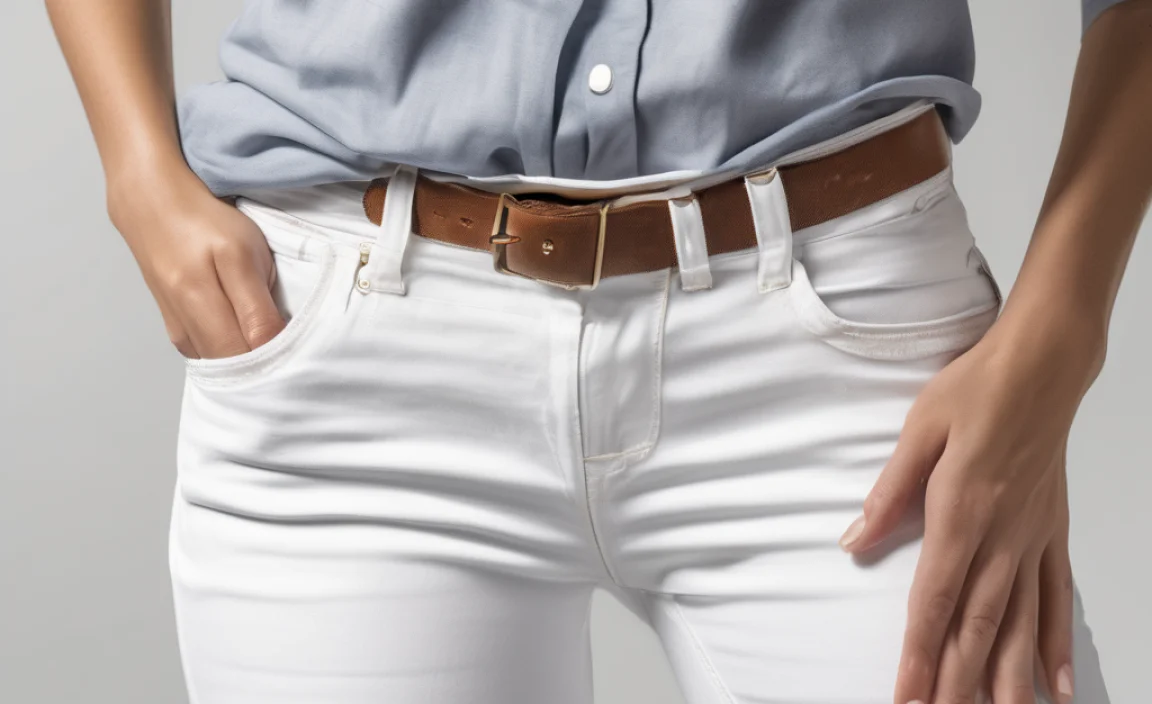
When it comes to tackling grease on white denim, you have several highly effective options. Here are the most popular and successful methods:
1. The Dish Soap Method (Your Go-To)
Dish soap is formulated to break down grease on dishes, making it a powerhouse for laundry stains. It’s readily available and gentle enough for most fabrics.
What You’ll Need:
- Liquid dish soap (a grease-cutting variety is best)
- A soft brush (like an old toothbrush) or your fingers
- Clean cloths or paper towels
Steps:
- Blot up any excess grease immediately with a clean cloth.
- Apply a generous amount of liquid dish soap directly onto the grease stain. Gently rub the soap into the stain with your fingers or a soft brush. Ensure the entire stained area is covered.
- Let the dish soap sit on the stain for at least 10–15 minutes. For older or tougher stains, you can let it sit for up to an hour.
- Rinse the treated area with cool water.
- Wash the jeans in the washing machine on the warmest setting recommended by the garment’s care label, using your usual laundry detergent.
- Air dry the jeans and check for any remaining stain. If the stain persists, repeat the process.
2. Baking Soda Paste (A Gentle Abrasive)
Baking soda is a fantastic absorbent and a mild abrasive, making it effective at lifting grease. It’s also an excellent odor neutralizer.
What You’ll Need:
- Baking soda
- Water
- A small bowl
- A soft brush or old toothbrush
- Clean cloths or paper towels
Steps:
- Blot up any excess grease.
- In the small bowl, mix baking soda with just enough water to form a thick paste.
- Apply the paste generously over the grease stain, ensuring it’s fully covered. Gently work it into the fabric with a soft brush.
- Allow the paste to dry completely on the stain. This could take 30 minutes to a few hours, depending on how thick you applied it.
- Once dry, gently scrape or brush off the dried paste.
- Wash the jeans in the washing machine using your regular detergent on the warmest water setting safe for the fabric.
- Air dry and inspect. Repeat if needed.
3. Cornstarch or Talcum Powder (The Absorbers)
These powders work by drawing the grease out of the fabric. This method is best for fresh, wet grease stains.
What You’ll Need:
- Cornstarch or talcum powder (unscented is best)
- A spoon
- A soft brush or old toothbrush
- Clean cloths or paper towels
Steps:
- Gently blot up as much excess grease as possible with a clean cloth or paper towel.
- Generously sprinkle cornstarch or talcum powder directly onto the fresh grease stain, covering it completely.
- Let the powder sit for at least 30 minutes to an hour, allowing it to absorb the grease. For very significant stains, you can leave it on for several hours, or even overnight.
- Brush off the powder. You might see the powder has turned clumpy or slightly discolored as it absorbed the grease.
- If a stain remains, you can follow up with the dish soap method before washing.
- Wash the jeans in the washing machine according to the care instructions, using the warmest water setting safe for the fabric.
- Air dry and check.
4. Laundry Stain Removers (Commercial Power)
There are many excellent commercial stain removers designed for grease and oil. Look for products that are specifically formulated for grease or are “oxygen-based” bleaches, which are generally safe for whites and can be very effective.
What You’ll Need:
- Commercial laundry stain remover (follow product instructions)
- Clean cloths or paper towels
Steps:
- Blot up excess grease.
- Apply the stain remover directly to the greasy spot according to the product’s directions.
- Let the stain remover penetrate the fabric for the recommended time (usually 5–15 minutes, but always check the label).
- Wash the jeans with your regular detergent on the warmest water setting safe for the fabric.
- Check the stain before drying and repeat if necessary.
Dealing With Stubborn & Old Grease Stains
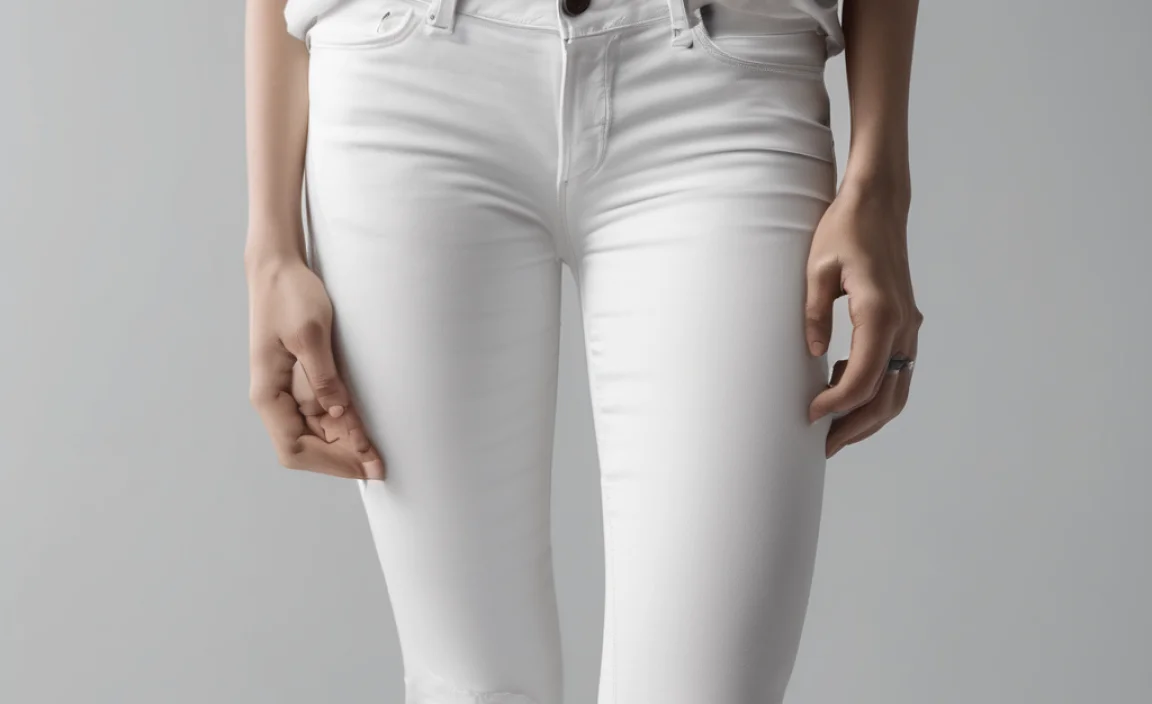
Sometimes, grease stains aren’t caught immediately, or they seem resistant to initial treatments. Don’t lose hope! Here’s how to tackle those tougher marks:
1. Repeat and Reinforce
For old or set-in stains, the most effective strategy is persistence. Simply repeat your chosen pre-treatment method (dish soap is often the most robust choice here) multiple times. You might leave the dish soap on for several hours or even overnight before washing.
2. The Hot Water Boost
Always aim to wash your white jeans in the hottest water that the fabric can safely handle, as recommended by the care label. Warm to hot water is more effective at dissolving and washing away oily residues than cold water.
3. Consider a Laundry Booster or Oxygen Bleach
Adding a laundry booster like Borax or an oxygen bleach product to your wash can give your detergent an extra boost to lift stubborn stains. Follow the product instructions carefully. For white jeans, powdered oxygen bleach is generally a safe and effective option. Brands like OxiClean are widely available and can be added directly to the wash drum.
For a more targeted approach, create a paste of oxygen bleach powder and water and apply it directly to the stain before washing. Always test this on an inconspicuous area first if you’re concerned about bleaching.
You can find detailed information on safe bleaching practices from the Federal Trade Commission (FTC), which provides guidance on deciphering laundry care symbols.
4. The WD-40 Trick (Use with Caution!)
Yes, WD-40! While it sounds counterintuitive to use an oil-based product to remove grease, WD-40 is a solvent and can break down tough, dried-on grease and oil. This is a last resort and should be done with extreme care.
How to use WD-40:
- Apply a small amount of WD-40 directly to the grease stain.
- Let it sit for about 10–15 minutes.
- Immediately follow up by applying liquid dish soap directly onto the WD-40 treated spot. The dish soap will emulsify the WD-40 and the original grease.
- Rub the dish soap in gently and let it sit for another 10–15 minutes.
- Wash the jeans as usual in hot water.
- Check carefully before drying. You may need to repeat the dish soap application. Proper washing is key to ensure all WD-40 residue is removed.
Important Note: Always test WD-40 on an inside seam or hidden area of the jeans first to ensure it doesn’t discolor the fabric. Ensure good ventilation when using WD-40.
Tools of the Trade: What You Need
Having the right supplies on hand makes the process much smoother. Here’s a quick roundup of helpful items:
| Tool | Purpose | Why it’s helpful |
|---|---|---|
| Absorbent Cloths/Paper Towels | Blotting excess grease | Prevents stain spread and absorption into more fabric |
| Liquid Dish Soap | Grease emulsifier | Breaks down oil molecules |
| Baking Soda/Cornstarch/Talcum Powder | Absorbent | Draws liquid grease out of fibers |
| Soft Brush (e.g., old toothbrush) | Gentle agitation | Helps work pre-treatment into fabric without damage |
| Small Bowl | Mixing paste | For creating baking soda or oxygen bleach pastes |
| Commercial Stain Remover | Targeted stain busting | Formulated specifically for tough stains |
| Laundry Booster/Oxygen Bleach | Enhanced cleaning power | Provides extra lift for stubborn stains |
What NOT to Do When Removing Grease Stains
Avoiding certain actions is just as important as knowing what to do. Here are some common mistakes to steer clear of:
- Do NOT rub the stain aggressively: This can spread the grease and damage the fabric fibers, making the stain harder to remove.
- Do NOT put stained jeans in the dryer: The heat from the dryer will set the grease stain permanently into the fabric. Always air dry and check for the blemish first.
- Do NOT use regular bar soap: Bar soap can sometimes leave a residue that can be difficult to remove and may even set the stain further. Stick to liquid dish soap or a designated laundry pre-treater.
- Do NOT delay treatment: The fresher the grease stain, the easier it is to remove. The longer it sits, the deeper it will penetrate and bond with the fabric.
- Do NOT use chlorine bleach on every stain: While chlorine bleach is a powerful whitener, it can react with certain types of stains (like protein-based ones) and make them worse. Oxygen bleach is generally safer for most stains on white fabrics. Always check your garment’s care label.
Frequently Asked Questions About Removing Grease From White Jeans
Q1: How quickly do I need to treat a grease stain on white jeans?
As soon as possible! The fresher the stain, the easier it will be to remove. Ideally, blot it immediately and start pre-treating within minutes.
Q2: Can I use my regular laundry detergent for grease stains?
Regular detergent is good for washing, but it’s usually not strong enough on its own for a direct grease stain. Always pre-treat the stain with a degreasing agent like dish soap or a stain remover before washing.
Q3: What if the stain is old and I don’t know how long it’s been there?
Don’t worry! Old grease stains are tougher but not impossible. You’ll likely need to repeat pre-treatment methods like using dish soap or an oxygen bleach paste multiple times. Letting the pre-treatment soak for several hours or overnight can help.
Q4: My white jeans are already slightly yellowed. Will these methods help?
While the primary goal is grease removal, some methods like using baking soda or oxygen bleach can have a mild brightening effect. For general yellowing, you might need a dedicated brightener or a soak in an oxygen bleach solution, but focus on the grease first!
Q5: Can I spot treat grease stains without washing the entire pair of jeans?
For very small, fresh spots, you can try pre-treating and then rinsing just the affected area with warm water. However, to ensure all the grease and cleaning agent is removed, it’s best to wash the entire garment afterward.
Q6: Will these methods damage my white jeans?
The methods discussed, especially dish soap and baking soda, are generally safe for denim. Always ensure you’re using the hottest water temperature recommended by the garment’s care label to prevent damage. It’s also wise to test any new product or method on an inconspicuous area first, like an inside seam.
Conclusion: Spotless White Jeans Are Achievable!
Dealing with grease stains on white jeans doesn’t have to be a frustrating ordeal. By acting quickly, understanding the nature of grease, and employing the right pre-treatment techniques, you can effectively remove those unsightly marks. Whether you reach for the trusty dish soap, a natural marvel like baking soda, or a powerful commercial stain remover, persistence is key.
Remember to always blot first, pre-treat thoroughly, wash in the hottest recommended water, and, most importantly, avoid the dryer until the stain is completely gone. With these simple yet genius methods, your white jeans can remain a pristine part of your wardrobe rotation, ready for any outfit or occasion. Happy cleaning!


